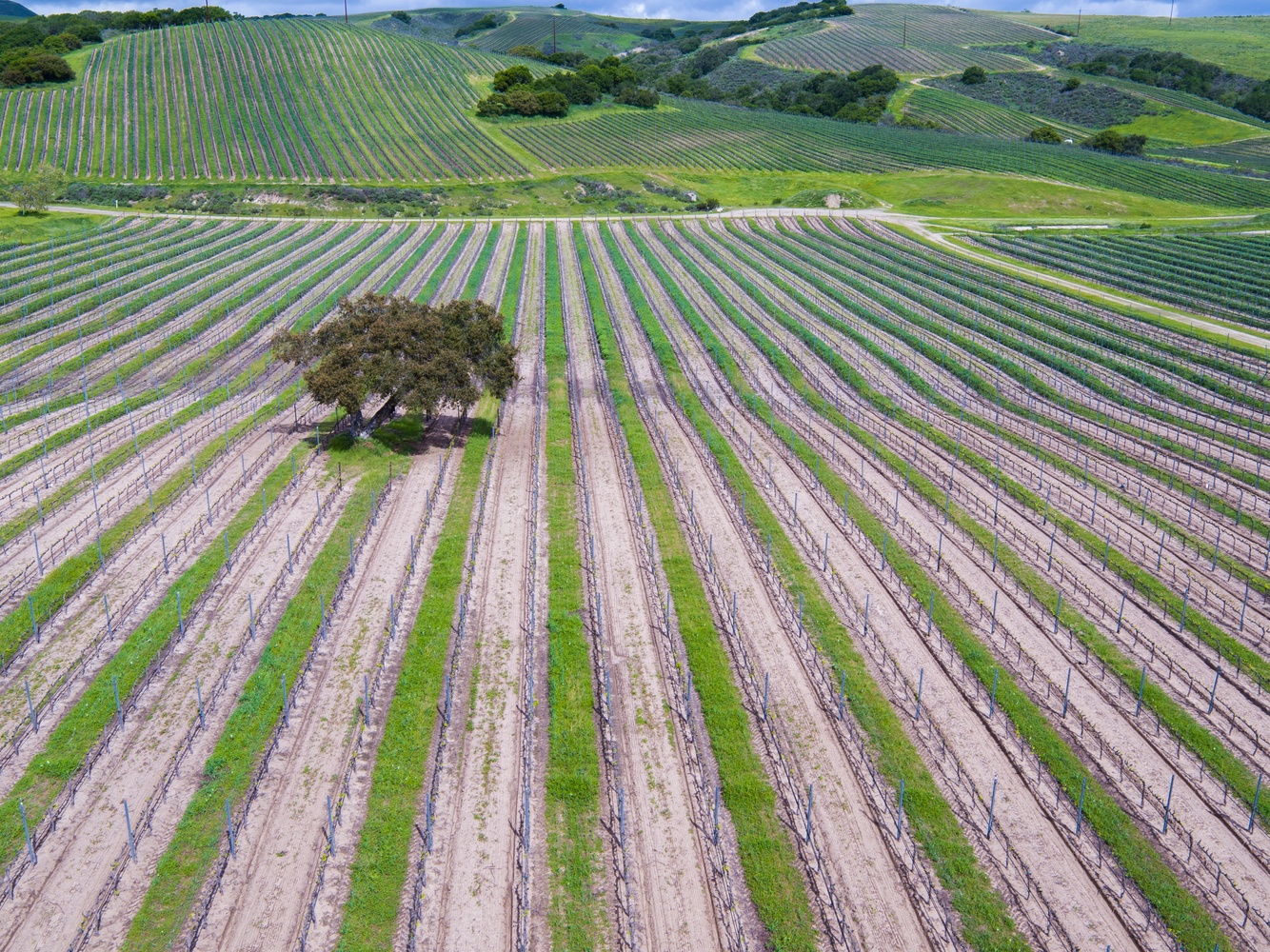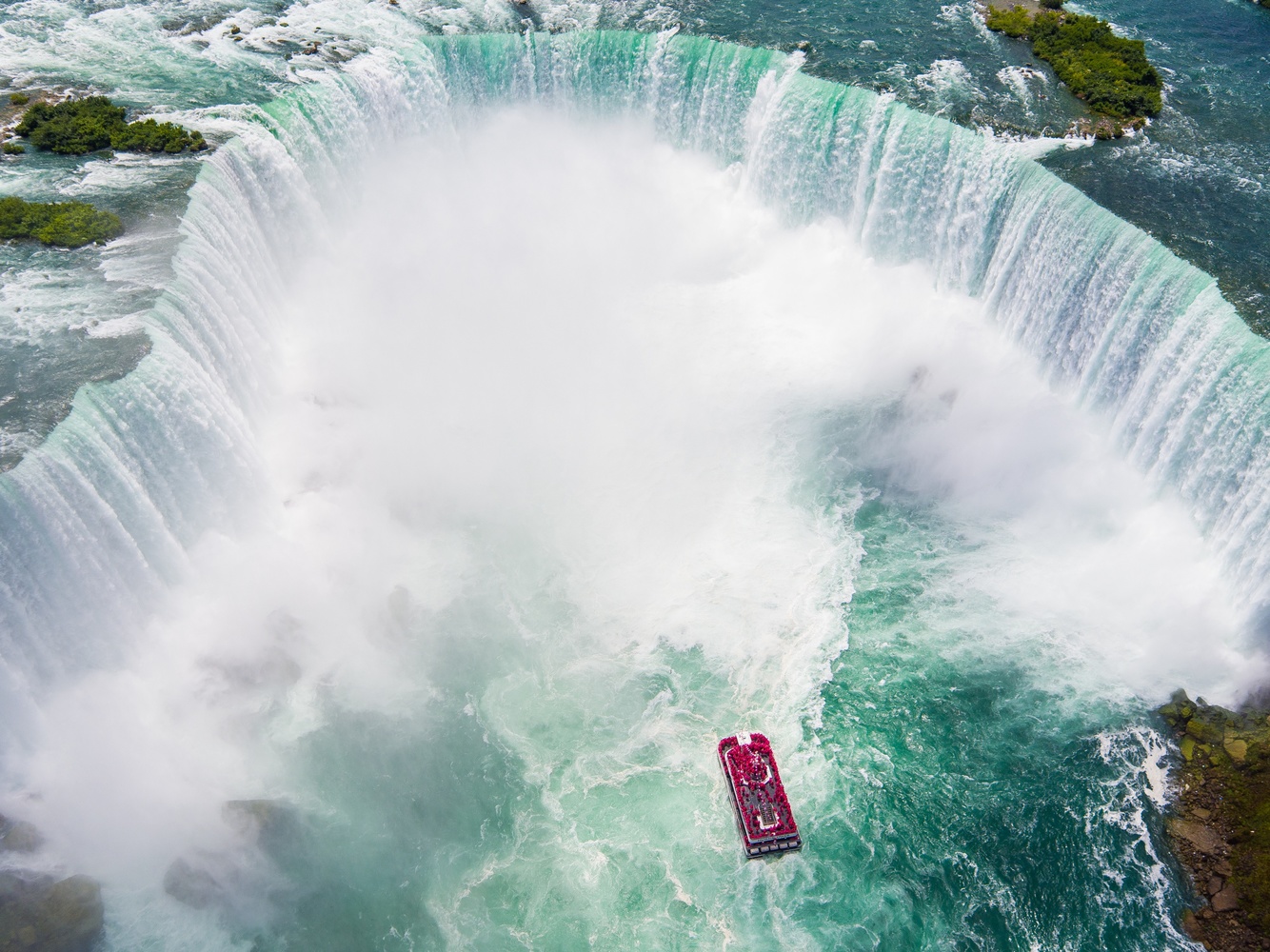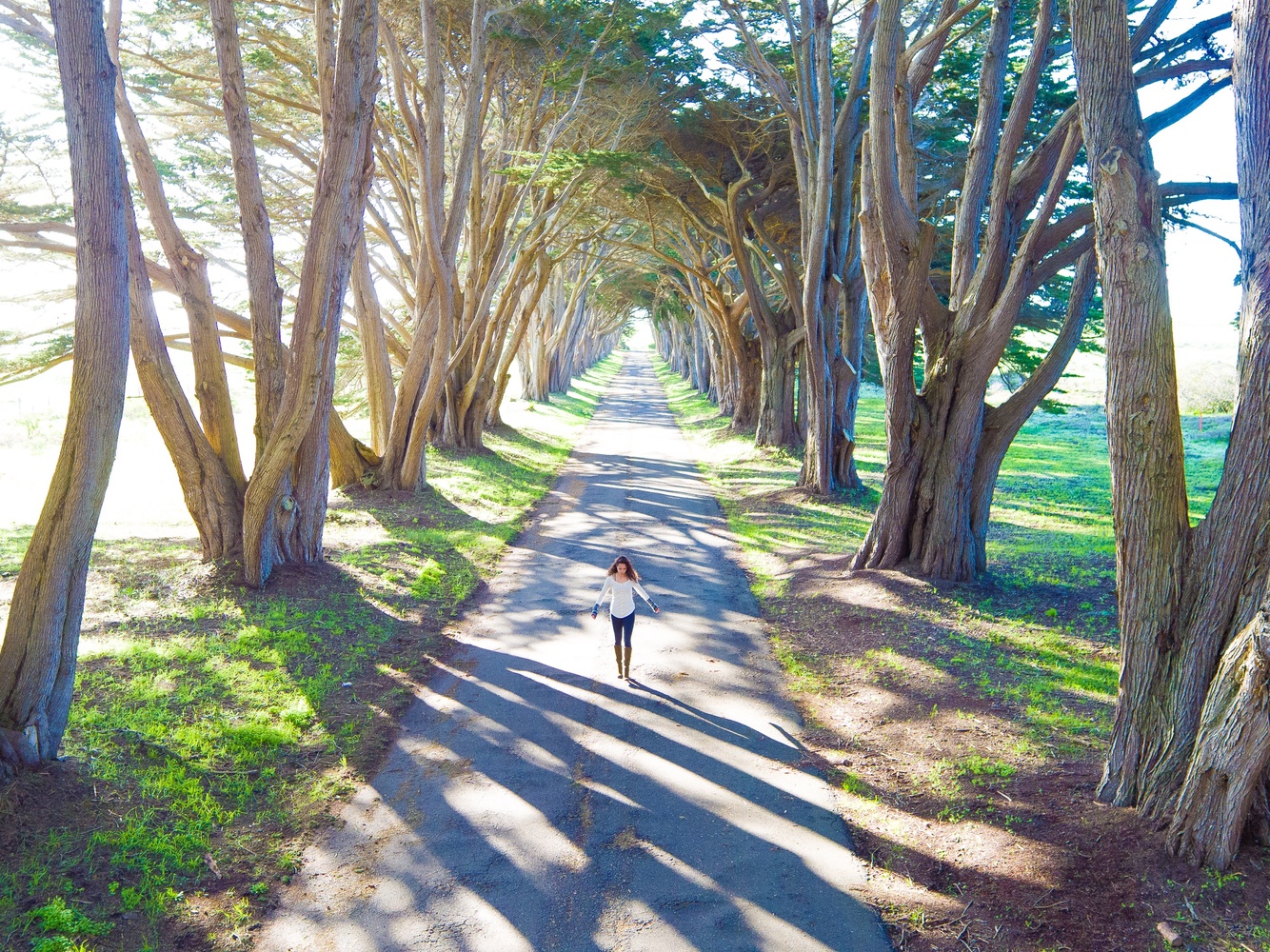When I first heard about Chase Guttman’s book on drone photography, I was intrigued. Not so much at the subject, or the photos, but in the person behind them. As a person who loves to travel and photograph while doing it, I’m always curious as to how people get their foot in the door in this very competitive industry, especially at a young age. The answer is: he didn’t do it alone, as none of us do.
For Chase, the answer seems relatively straightforward: he was born into it. His well-known photojournalist father, Peter Guttman, seemingly started to spoon-feed him all things photography and travel from the moment he left the womb. He was behind and in front of the camera since he was born, and had the opportunity to travel the world before he probably even knew what the “world” was. Anyone who has visited all fifty U.S. states and over fifty countries by the crisp age of 18 is certainly in a different position in life than most of us. I mean, really: he was land-yachting in the Mojave desert when he was three months old. Maybe the question we should be asking is how could he not become a photographer?

I have quite a few friends who have traveled extensively from a young age. They tend to share a few common characteristics: they’re highly intelligent, extroverted, charming, quick on their toes, and highly motivated. And they’re all great storytellers. In my short conversation with Chase, I could tell that he exhibited all of these characteristics. I chatted with him recently via Skype from his current semester abroad in France, and wondered how he could be so focused in what he does. I’m still not sure, but I think it’s just that he has a lot of passion and he has the resources to act on it.

On his father, he says, “I think he’s imparted a life philosophy on me – more than just a hobby and the passion and the career possibilities. He’s imparted a philosophy that is ‘I have a finite lifetime I’ve been given and I want to cultivate as many experiences as I can,’ and travel for me is my way of doing that… and my camera is my way of travel. It’s kind of my passport that lets me see and experience so much of the world, and so I think he was definitely my biggest inspiration, especially in that regard.”

Whatever you want to call it — fortunate, privileged, lucky, blessed, advantaged — Chase has certainly taken all of these opportunities and run with them in an impressive way. Anyone who has these names and phrases associated with their name before they hit a quarter century of life is doing all right: Young Travel Photographer of the Year, New York Institute of Photography, National Geographic, George Eastman House International Museum of Photography, and even B&H. He and his father were recently collectively awarded the Walter Cronkite Award for Excellence in Storytelling and Exploration. He was an Instagram rising star, contributes to things you’ve heard of such as the Huffington Post, and now as a book out: The Handbook of Drone Photography: A Complete Guide to the New Art of Do-It-Yourself Aerial Photography.
Geez.

Growing up in New York and getting to see the world from an early age certainly would make a person see it differently, so it’s not surprising that Chase turned to the newest viewpoint available to the masses to try and make his mark. He started exploring the tech about two years ago, developing his skills early on during his time Syracuse University (he’s in his third year now), and is now writing and teaching about it.

Chase’s images themselves, in my opinion, are hit and miss. The reviews of his book on Amazon echo that opinion, for whatever that’s worth. Many are quite excellent, but quite a few are lackluster. But sometimes that doesn’t matter if you’re a good marketer, a quick talker, and smooth in your demeanor (and also in your face). Listening to him talk about photography and his life, and even just by watching one of his B&H Event Space videos talking about drone photography, I can tell that he is both passionate about photography (and drone photography in particular) and excited to share what he knows with the world. Even if sometimes the photos aren’t of a high quality on the technical side, they tend to always tell a story, a skill he surely inherited from his father. That’s something I can definitely appreciate. He’s not exclusively using drones in his work, and still uses his “land-based camera” quite often, and just sees the drone as tool in his arsenal of storytelling.


I’m still very passionate about land-based photography. I think there’s a lot of storytelling to be told on the ground and above ground, too, and I think drones are just an aid that fit into a larger piece about storytelling and about photography in general… The most amazing thing to me about drone technology is that it kind of controls this airspace and reaches this airspace that no other technology can reach – beyond ten feet, past the longest selfie stick, to about a hundred feet, just under the lowest hovering helicopter. So in a world where 350 million photographs are uploaded to Facebook every day, I really stress the importance of perspective and storytelling, and I think drones are the perfect aid to get a new fresh perspective and contextualize the world around us.

After graduation, he plans to continue exploring drone technology and possibilities. Currently he mostly focuses on still photography with drones, but wants to expand more into video in the future. It will be interesting to see where his career leads him. If by age 20 he’s done all of this, what will he have done by 30? By 40? By the time he retires? A rising star, to be sure.
And now… I want to get a drone. And take it places. And maybe be a little more like Chase.







It'd be really cool if people would obey drone rules and stop flying in Point Reyes...
Although most probably don't, you can get permission to fly a drone in that area.
There's no way in hell he got permission to shoot the falls. Tour helicopters fly that every 15 minutes and the landing pad is a stones throw from the border crossing.
I know where he flew a drone along I-95.